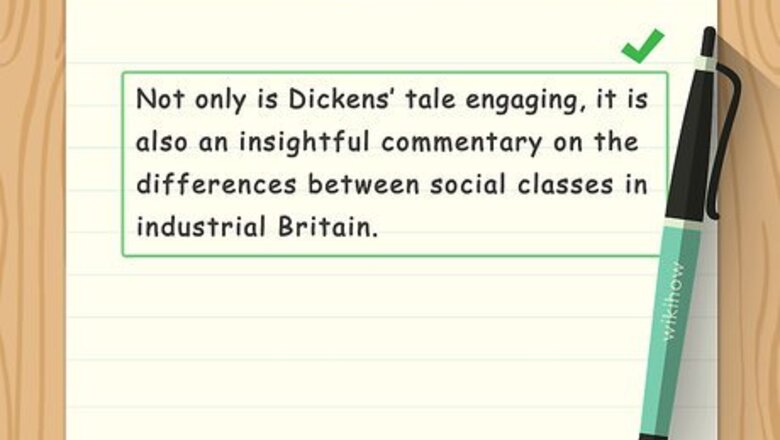
views
Writing a Literary Commentary

Define your thesis. In many high school and college courses you will be asked to write a literary commentary. This assignment requires you to evaluate a piece of literature, most often a novel, poem, or play. The key part of a successful commentary is a strong, clear thesis statement. Your thesis is your argument or your point of view. This is where you take a stance, and spend the rest of the essay supporting your thesis. Maybe you are writing a commentary on Great Expectations. Your thesis could be, “Not only is Dickens’ tale engaging, it is also an insightful commentary on the differences between social classes in industrial Britain.” Basis your thesis off of strong evidence. In this type of essay, your evidence will be the quotes/dialogue you pick.
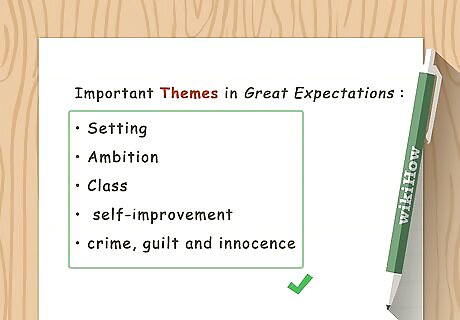
Create an outline. This will vary considerably depending on how long you want your commentary to be. At its briefest, say for a bulleted or single-paragraph commentary, make note of vital information to include. For longer commentaries, create a structure for your response. You might write at the top of your outline, “Important Themes in Great Expectations”. You could then make bullet points such as “Setting”, “Ambition”, “Class”, etc. Spend at least five minutes planning before you start writing.
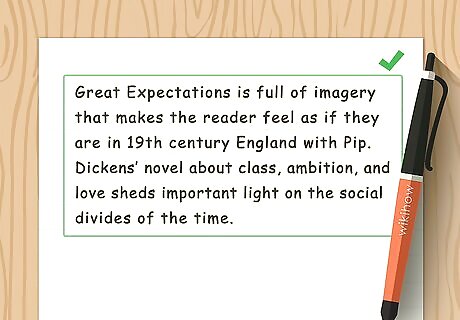
Introduce your topic. An introductory paragraph will help you to remain focused on the key points as you write. For example, include an introduction where you provide the context for the work and state your thesis, followed by analysis of the strengths, weaknesses, themes, etc. Then wrap up with a short conclusion of the importance of the topic. You might start by saying, “Great Expectations is full of imagery that makes the reader feel as if they are in 19th century England with Pip. Dickens’ novel about class, ambition, and love sheds important light on the social divides of the time.” You could then list the themes that you will discuss in the body of your commentary.
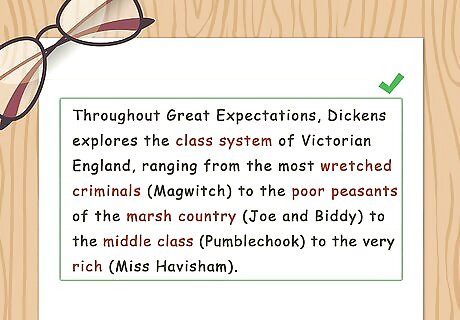
Use specific examples to support your thesis. State an issue or theme you've identified, show where you've found it in the work, then explain what effect the issue or theme has on the work. You might feel that Miss Havisham’s obsession with lost love is an important theme in Great Expectations. An excellent specific example to illustrate this theme is pointing out that the character remains in her wedding dress, despite being jilted decades before.
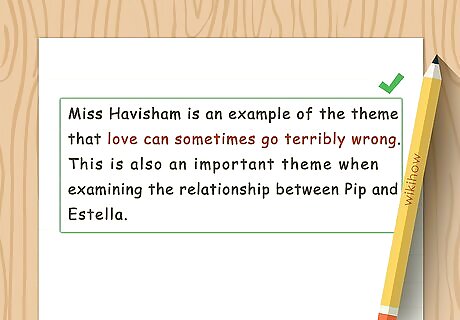
Connect your examples back to the theme. When you use specific examples, make sure that you clearly illustrate how it connects back to the larger theme. You are using Miss Havisham’s wedding dress as an example of the grief that comes with a lost love. Your reader will appreciate you clearly explaining why that is important. You might write something like, “Miss Havisham is an example of the theme that love can sometimes go terribly wrong. This is also an important theme when examining the relationship between Pip and Estella.” Make sure to use smooth transitions. When you move to a new example, use a good transition word or phrase. Some examples are “similarly”, “conversely”, and “again”.
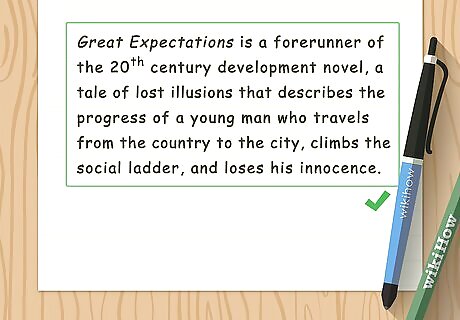
Write a strong conclusion. Your conclusion is the piece that will tie the rest of your commentary together. Make sure to include a summary of your argument. You should also indicate why the piece of text that you read is important. In your commentary on Great Expectations, you would want to make sure that you emphasize your summary again: this is a good example of class divisions and how ambition is not always the best quality. You might also choose to compare it to another book from the same period to illustrate why the work by Dickens is significant. However, you generally shouldn’t introduce new information in your conclusion.
Cite your sources. If you used information from other sources, cite them according the guidelines for the assignment or publication. For instance, any quotes should be cited. Make a separate “Works Cited” section at the bottom of the commentary for this information.
Creating Data Commentary

Understand the guidelines. A data commentary is similar to other types of commentaries in that it requires you to analyze an existing set of information. But instead of commenting on a book or film, you are writing about a set of data. A data commentary may occasionally be a stand-alone piece of writing, but it is typically found in the end of a report, generally called the Results or Discussion. You might also be asked by your boss or teacher to write a data commentary. Make sure to ask about their expectations, such as length.

Present your summary. One of the key components of a data commentary is synopsis of the research. You need to concisely write about the results of the study and why it is important. Make sure to analyze and summarize the data. For example, if the research is about the graduation rate in the Chicago Public Schools, you need to explain the numbers and illustrate why the results are important.

Emphasize key points. In a data commentary, you will likely want to use charts or graphs to help illustrate the results. You might include a table that shows how much American households pay for insurance. You will then want to comment on and analyze those visuals. You might say something like, “As shown in Figure 1.2, the costs of healthcare have risen at a steady rate since 2000.”
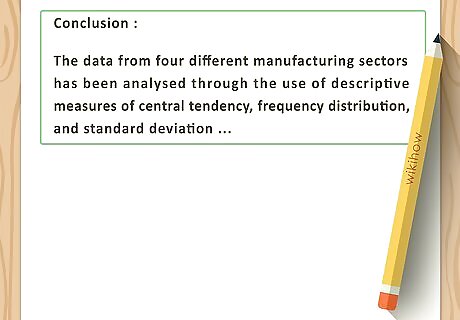
Provide a conclusion. In your conclusion, make sure to do more than just repeat what you’ve already said. Using different wording, you can reemphasize the significance of the results. You can also recommend further avenues for research. As in the rest of your data commentary, your conclusion should refer to specific pieces of data.
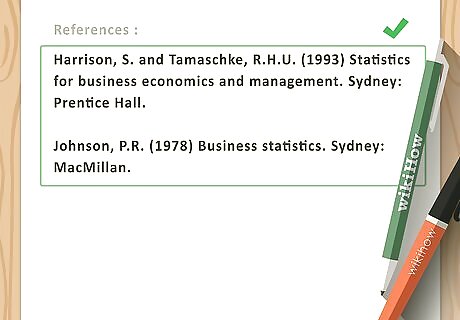
Include your resources. A commentary requires you to include not only facts and figures, but also where you found this information. You need to cite your resources according to accepted citation formats. You should include a specific section for resources at the end of your data commentary. Any time you cite numbers or a quote, make sure to provide a reference.




















Comments
0 comment